Home>Gardening & Outdoor>Outdoor Structures>How To Cover A Pergola
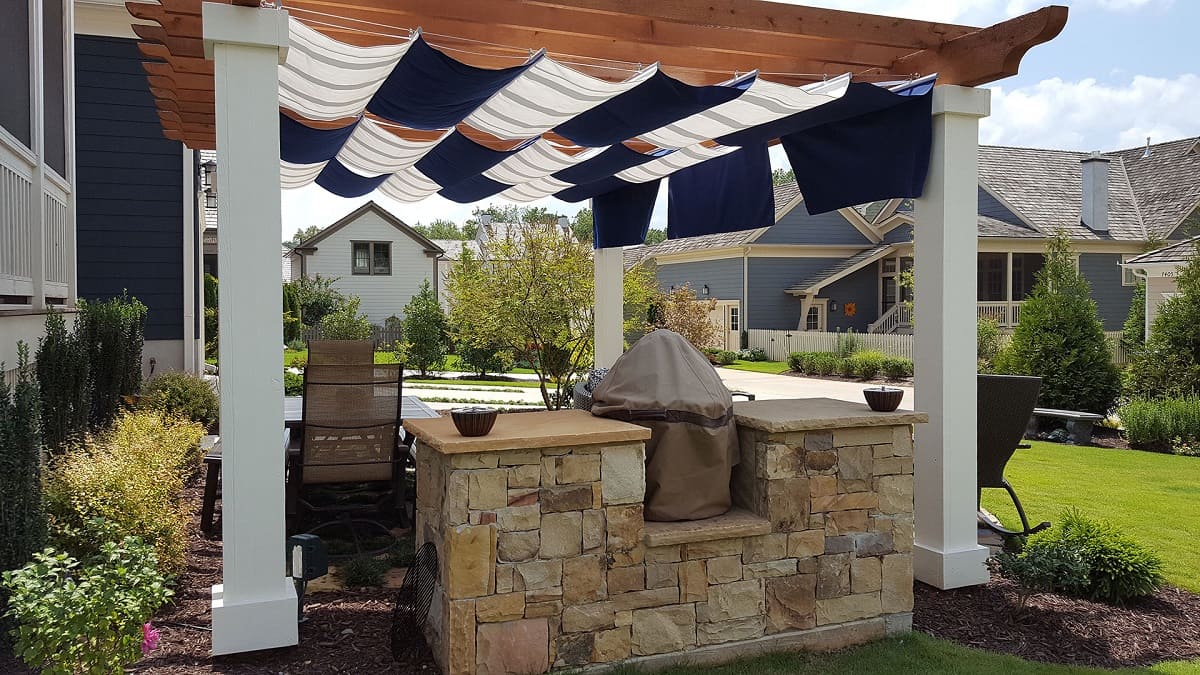

Outdoor Structures
How To Cover A Pergola
Modified: April 1, 2024
Learn how to cover a pergola and create a cozy outdoor space with our expert tips and ideas for outdoor structures. Transform your pergola into a stylish and functional retreat.
(Many of the links in this article redirect to a specific reviewed product. Your purchase of these products through affiliate links helps to generate commission for Storables.com, at no extra cost. Learn more)
Introduction
So, you've got a beautiful pergola in your outdoor space, but you're looking to take it to the next level. Adding a covering to your pergola can transform it into a cozy, all-weather retreat that protects you from the elements while still allowing you to enjoy the great outdoors. Whether you're envisioning a romantic canopy for intimate evenings or a practical shade solution for sunny days, covering your pergola opens up a world of possibilities for outdoor enjoyment.
In this guide, we'll walk you through the process of covering your pergola, from measuring and preparing the area to selecting the right materials and executing the installation. With the right approach, you can create a stylish and functional space that enhances the beauty and usability of your outdoor living area.
Let's dive in and explore the steps to take your pergola from a simple structure to a stunning and versatile outdoor retreat.
Key Takeaways:
- Transform your pergola into a cozy retreat by adding a covering. Measure, choose the right material, install it, and add finishing touches for a stunning outdoor space.
- Consider fabric canopies, retractable awnings, wooden, or metal covers. Add lighting, curtains, furniture, and plants to create a personalized and inviting covered pergola.
Read more: How To Screen A Pergola
Step 1: Measure and Prepare the Area
Before you begin covering your pergola, it’s crucial to measure the area accurately and make necessary preparations. Start by assessing the dimensions of your pergola, taking precise measurements of the length, width, and height. This step will help you determine the amount of covering material required and ensure a proper fit.
Next, inspect the structural integrity of the pergola. Check for any signs of wear, damage, or instability, and address any issues before proceeding with the covering installation. It’s essential to have a sturdy and sound framework to support the covering material effectively.
Consider the orientation of your pergola concerning the sun’s path throughout the day. This information will help you determine the areas that require maximum shade or protection from the elements. Understanding the sunlight patterns will guide you in positioning the covering material for optimal comfort and functionality.
Additionally, take into account any existing features, such as lighting fixtures or decorative elements, that may impact the installation of the covering. Plan how the covering will integrate with these elements to maintain a cohesive and aesthetically pleasing design.
Once you have assessed the measurements and prepared the area, you’re ready to move on to the next step: choosing the right covering material for your pergola.
Step 2: Choose the Right Covering Material
Selecting the appropriate covering material for your pergola is a pivotal decision that influences both the aesthetic appeal and functionality of the outdoor space. Various options are available, each offering unique characteristics and visual effects. Consider the following materials to determine the best fit for your pergola:
- Fabric Canopies: Ideal for creating a soft, inviting ambiance, fabric canopies come in a range of colors and textures. They offer versatility in terms of light filtration and can be easily customized to suit your preferred level of shade. When selecting a fabric canopy, opt for a durable, weather-resistant material that can withstand outdoor conditions.
- Retractable Awnings: Providing adjustable shade and protection, retractable awnings offer the flexibility to adapt to changing weather conditions. They are available in various designs, including motorized options for effortless operation. Look for high-quality, UV-resistant fabrics that ensure long-lasting performance.
- Wooden Pergola Covers: For a natural and rustic look, wooden covers are an excellent choice. They blend seamlessly with the pergola structure and can be customized to match your outdoor décor. Cedar, redwood, and pressure-treated pine are popular wood options known for their durability and resistance to decay.
- Metal Pergola Covers: Aluminum and steel covers offer a modern and sleek aesthetic while providing robust protection from the elements. These materials are low-maintenance, resistant to corrosion, and can be powder-coated in various colors to complement your outdoor design scheme.
When making your selection, consider factors such as climate, maintenance requirements, desired style, and budget. Additionally, ensure that the chosen material aligns with the structural capacity of your pergola and meets any local building code regulations.
Once you’ve chosen the covering material that best suits your needs and preferences, you’re ready to proceed to the next step: installing the covering material onto your pergola.
Consider using outdoor fabric or shade sails to cover your pergola. These materials provide protection from the sun and can add a decorative touch to your outdoor space. Be sure to secure the fabric or sails properly to withstand wind and weather.
Step 3: Install the Covering Material
With the covering material selected, it’s time to proceed with the installation process. Depending on the type of material you’ve chosen, the installation steps may vary. Here’s a general overview of the installation process for different covering materials:
- Fabric Canopies: Start by attaching mounting hardware, such as hooks or eye bolts, to the pergola structure. Ensure that the hardware is securely anchored to support the weight of the canopy. Once the hardware is in place, carefully drape the fabric over the pergola, adjusting it to achieve the desired coverage. Secure the edges of the fabric to the pergola frame using fasteners or clips, ensuring a taut and even appearance.
- Retractable Awnings: Follow the manufacturer’s instructions for mounting the retractable awning onto your pergola. This typically involves securing the awning’s frame to the pergola structure and ensuring proper tensioning of the fabric. If the awning is motorized, connect it to a power source as per the provided guidelines. Test the functionality of the retractable feature to ensure smooth operation.
- Wooden and Metal Covers: For wooden or metal pergola covers, precise measurements and custom fitting are crucial. Depending on the design, you may need to cut and shape the covering material to align with the dimensions of your pergola. Secure the covers in place using appropriate fasteners, taking care to maintain structural integrity and a uniform appearance.
Throughout the installation process, prioritize safety and accuracy to achieve a professional and long-lasting result. If you’re unsure about any aspect of the installation, consider consulting with a professional contractor or installer to ensure proper execution.
Once the covering material is securely installed, take a moment to admire the transformation of your pergola. The addition of the covering not only enhances the visual appeal of the outdoor space but also introduces new possibilities for relaxation and entertainment.
With the covering material in place, it’s time to add the finishing touches that will complete the look and functionality of your covered pergola.
Step 4: Add Finishing Touches
As you near the completion of covering your pergola, incorporating thoughtful finishing touches can elevate the overall aesthetic and functionality of the space. Consider the following enhancements to add character and comfort to your covered pergola:
- Outdoor Lighting: Integrate soft lighting elements, such as string lights, lanterns, or sconces, to create a warm and inviting ambiance for evening gatherings. Lighting not only enhances the visual appeal but also extends the utility of the covered pergola into the night.
- Curtains or Drapes: Consider adding flowing curtains or drapes to the sides of the pergola for a touch of elegance and privacy. Sheer fabrics can diffuse sunlight and create a tranquil atmosphere, while heavier drapes offer additional protection from wind and inclement weather.
- Furniture and Accessories: Select comfortable outdoor furniture, such as lounge chairs, dining sets, or cozy seating arrangements, to complete the inviting atmosphere of the covered pergola. Incorporate weather-resistant cushions, throw pillows, and outdoor rugs to enhance comfort and style.
- Climbing Plants and Vines: Enhance the natural beauty of your pergola by training climbing plants, such as ivy, wisteria, or jasmine, to grow along the structure. These lush greenery and blossoms can provide additional shade, fragrance, and visual appeal, further integrating your pergola with the surrounding landscape.
By incorporating these finishing touches, you can create a captivating and functional outdoor retreat that reflects your personal style and enhances your enjoyment of the space throughout the seasons.
With the finishing touches in place, take a moment to step back and admire the transformation of your pergola. The covered structure now offers a versatile and inviting space for relaxation, entertainment, and connection with nature.
As you complete the final touches, you’ve successfully covered your pergola and transformed it into a stunning outdoor haven. The process of measuring, selecting, and installing the covering material, followed by the addition of thoughtful details, has culminated in a space that enriches your outdoor living experience.
Now, take the time to savor the fruits of your labor and relish the moments you’ll spend in your newly covered pergola, surrounded by comfort, style, and the beauty of the outdoors.
Read more: How To Decorate A Pergola
Conclusion
Covering a pergola is a transformative endeavor that enhances the functionality, beauty, and comfort of your outdoor living space. By following the steps outlined in this guide, you’ve embarked on a journey to create a captivating retreat that provides shelter from the elements while maintaining a seamless connection with nature.
From meticulously measuring and preparing the area to selecting the perfect covering material and executing the installation, you’ve taken deliberate steps to elevate your pergola into a versatile and inviting structure. The addition of thoughtful finishing touches, such as lighting, drapes, furniture, and greenery, has further personalized and enriched the space, creating a haven for relaxation and enjoyment.
As you bask in the ambiance of your newly covered pergola, take pride in the craftsmanship and attention to detail that have brought this vision to life. The covered pergola stands as a testament to your creativity and commitment to enhancing your outdoor lifestyle.
Whether you’re savoring quiet moments of solitude, hosting lively gatherings with friends and family, or simply enjoying the beauty of the outdoors, your covered pergola offers a sanctuary that seamlessly blends style and function.
As you continue to make cherished memories in this inviting outdoor retreat, may your covered pergola serve as a testament to the joy of outdoor living and the endless possibilities for creating captivating and comfortable spaces in your own backyard.
Congratulations on successfully covering your pergola and embarking on a journey of outdoor inspiration and relaxation. Here’s to many delightful moments spent in the embrace of your newly transformed outdoor haven.
Frequently Asked Questions about How To Cover A Pergola
Was this page helpful?
At Storables.com, we guarantee accurate and reliable information. Our content, validated by Expert Board Contributors, is crafted following stringent Editorial Policies. We're committed to providing you with well-researched, expert-backed insights for all your informational needs.
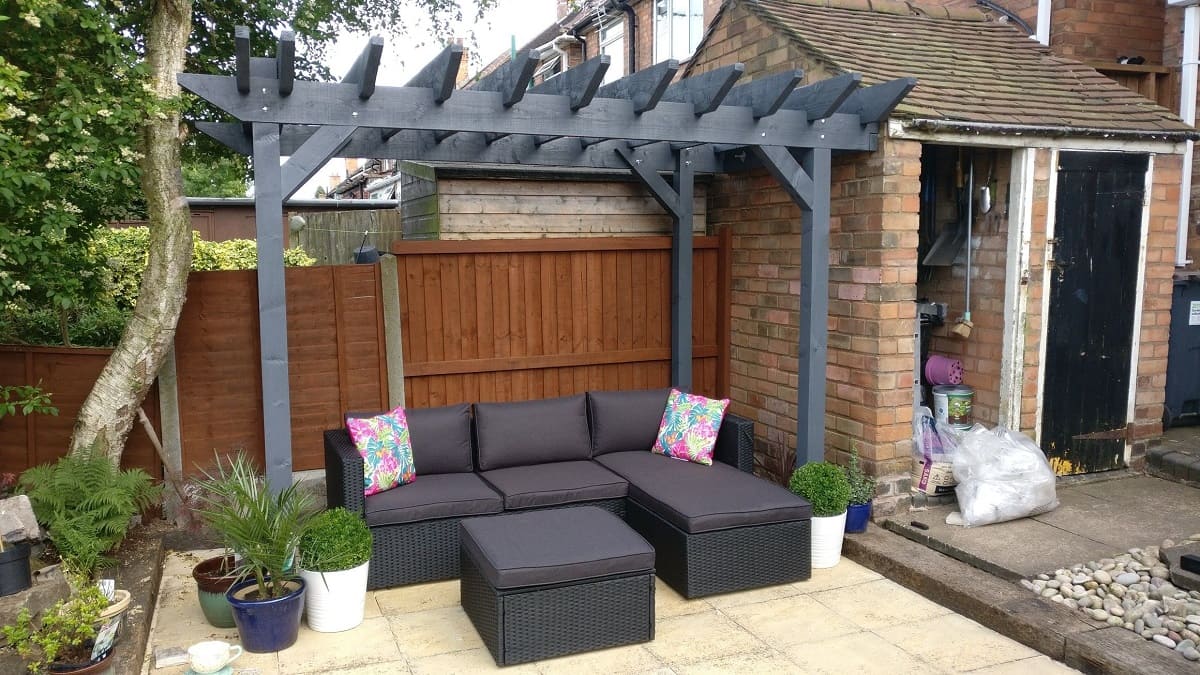
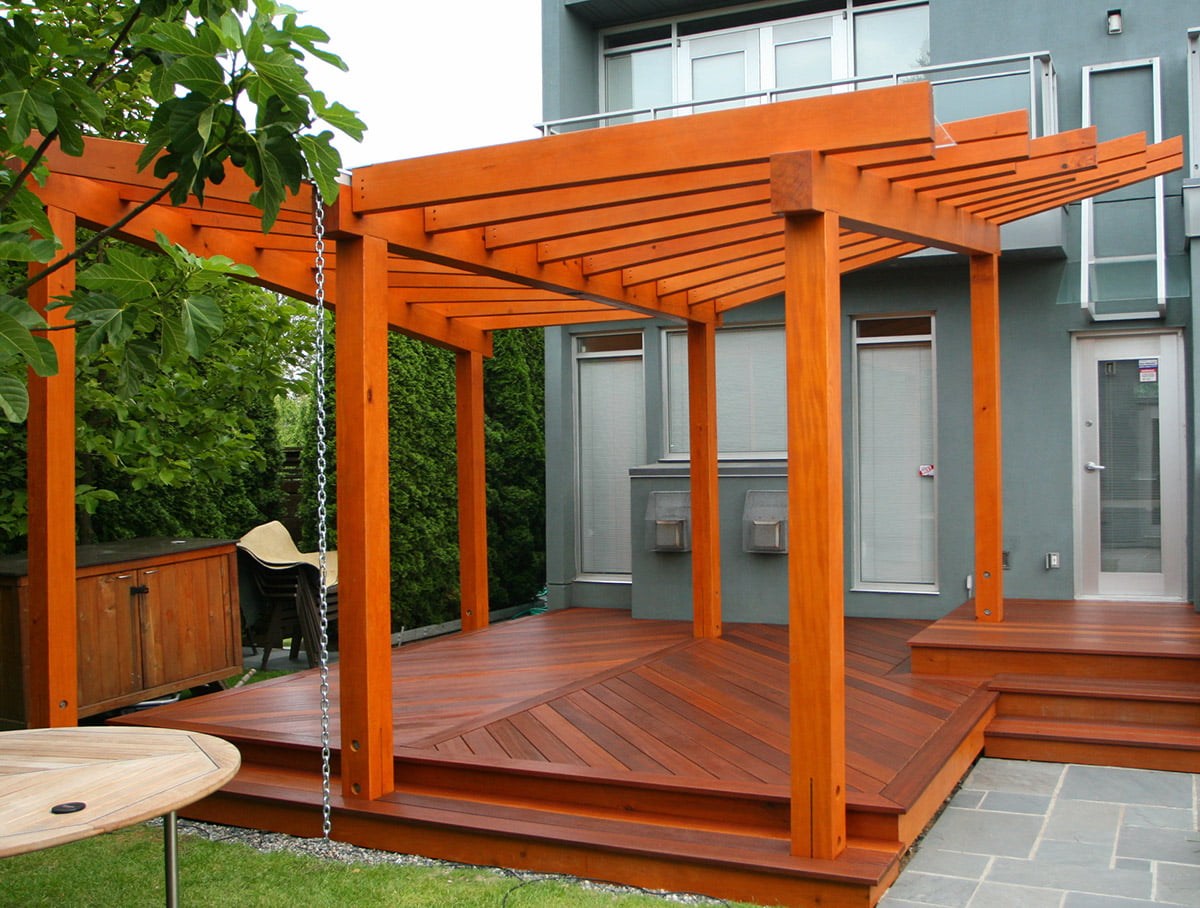
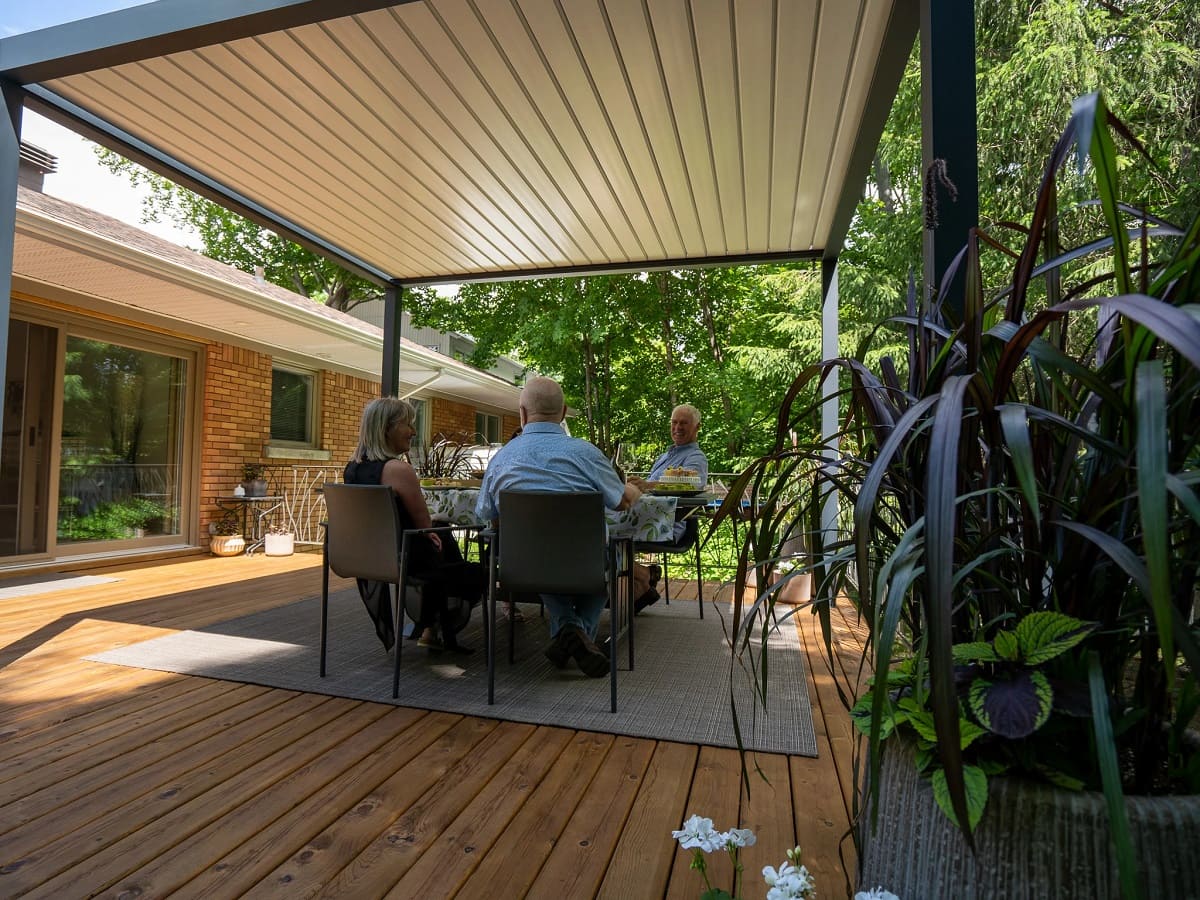
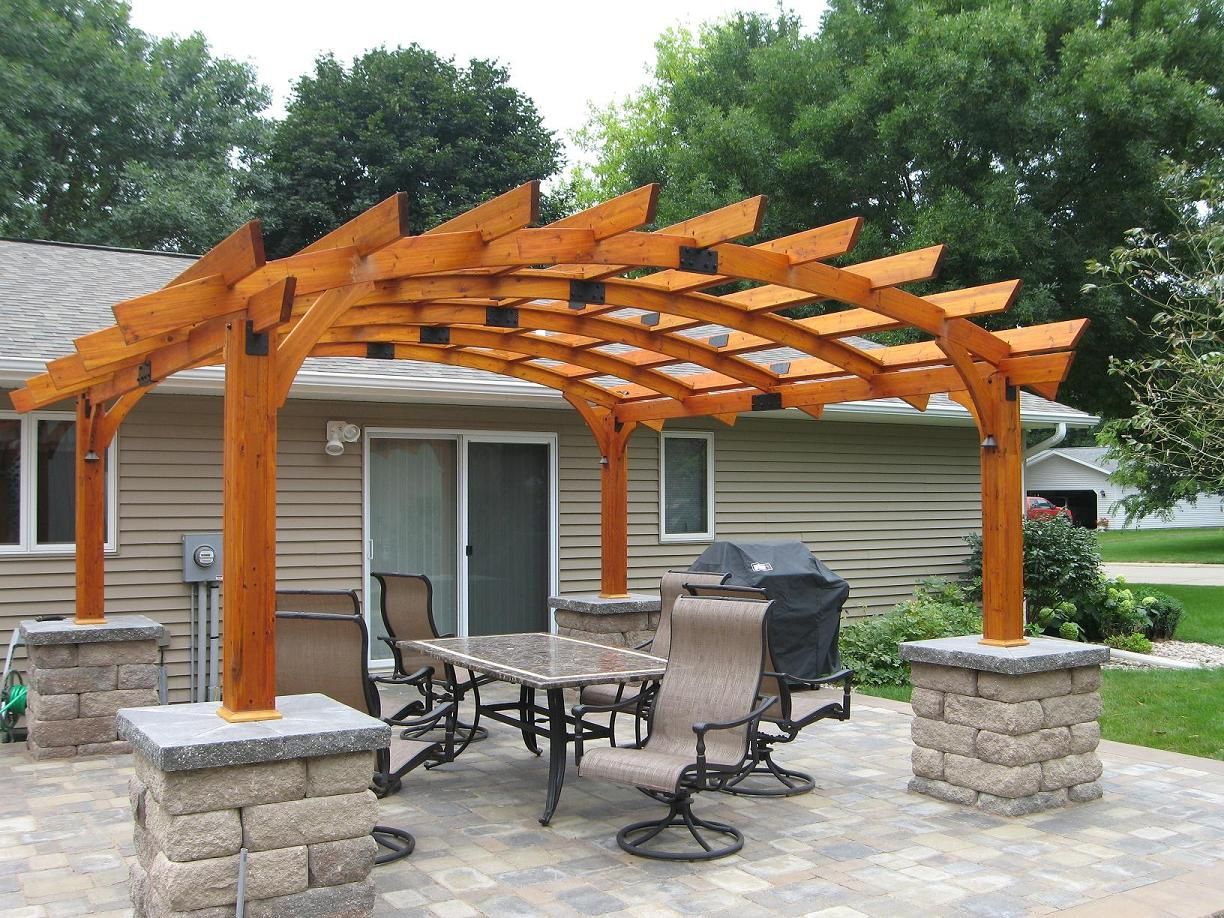
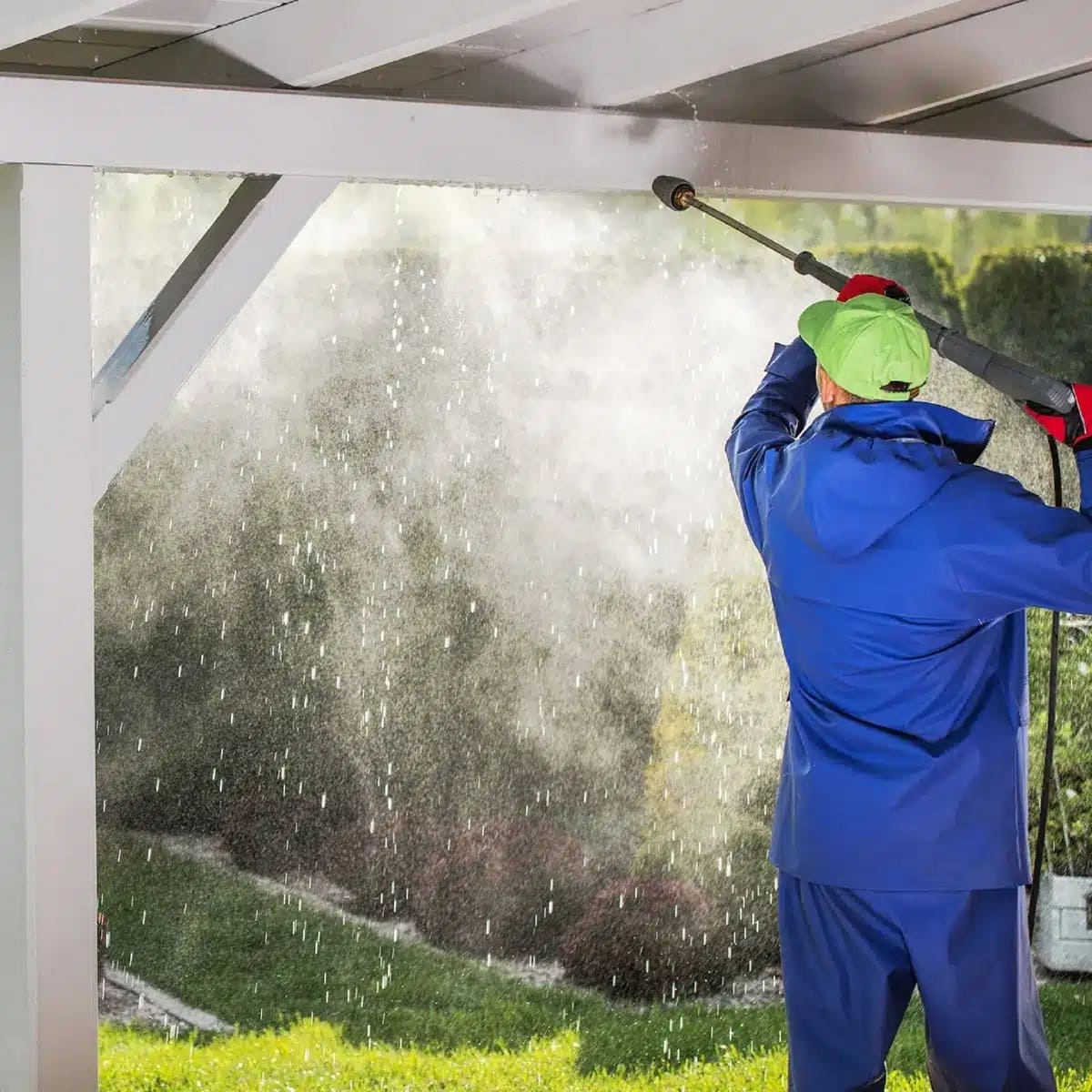
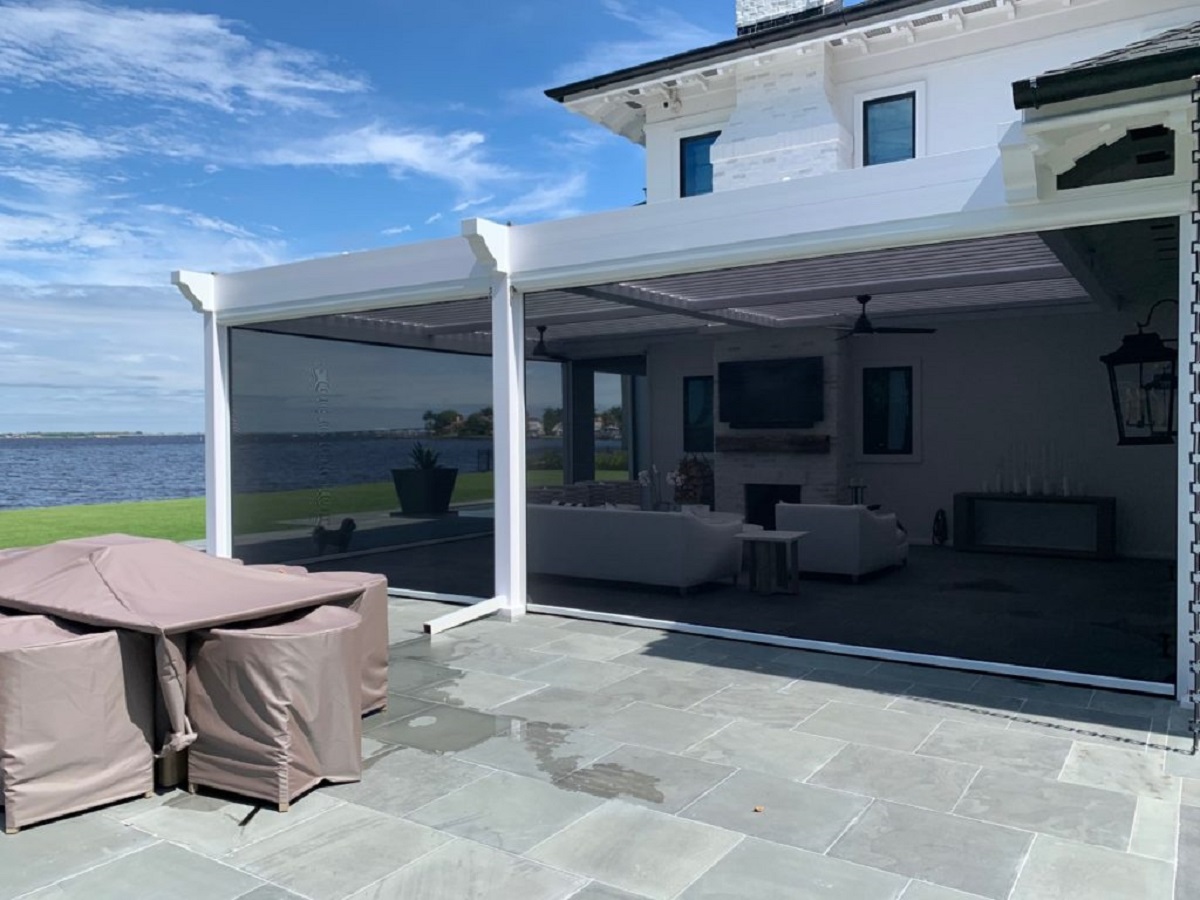
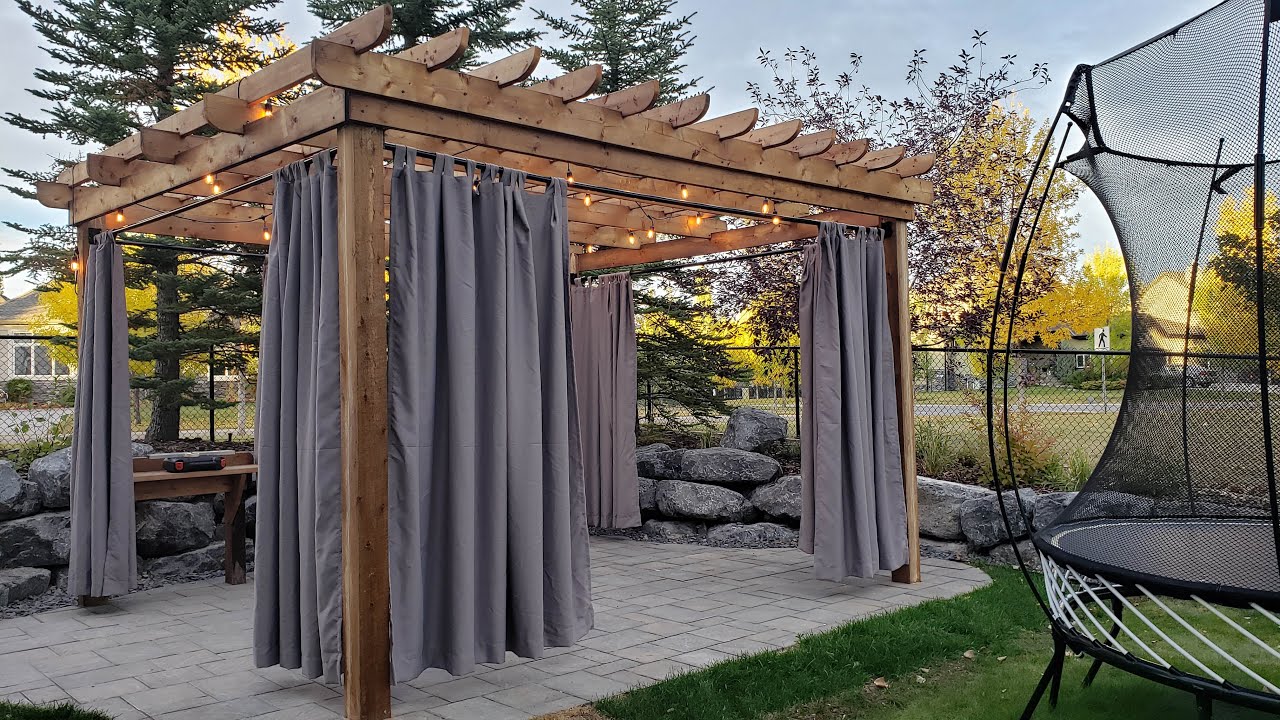
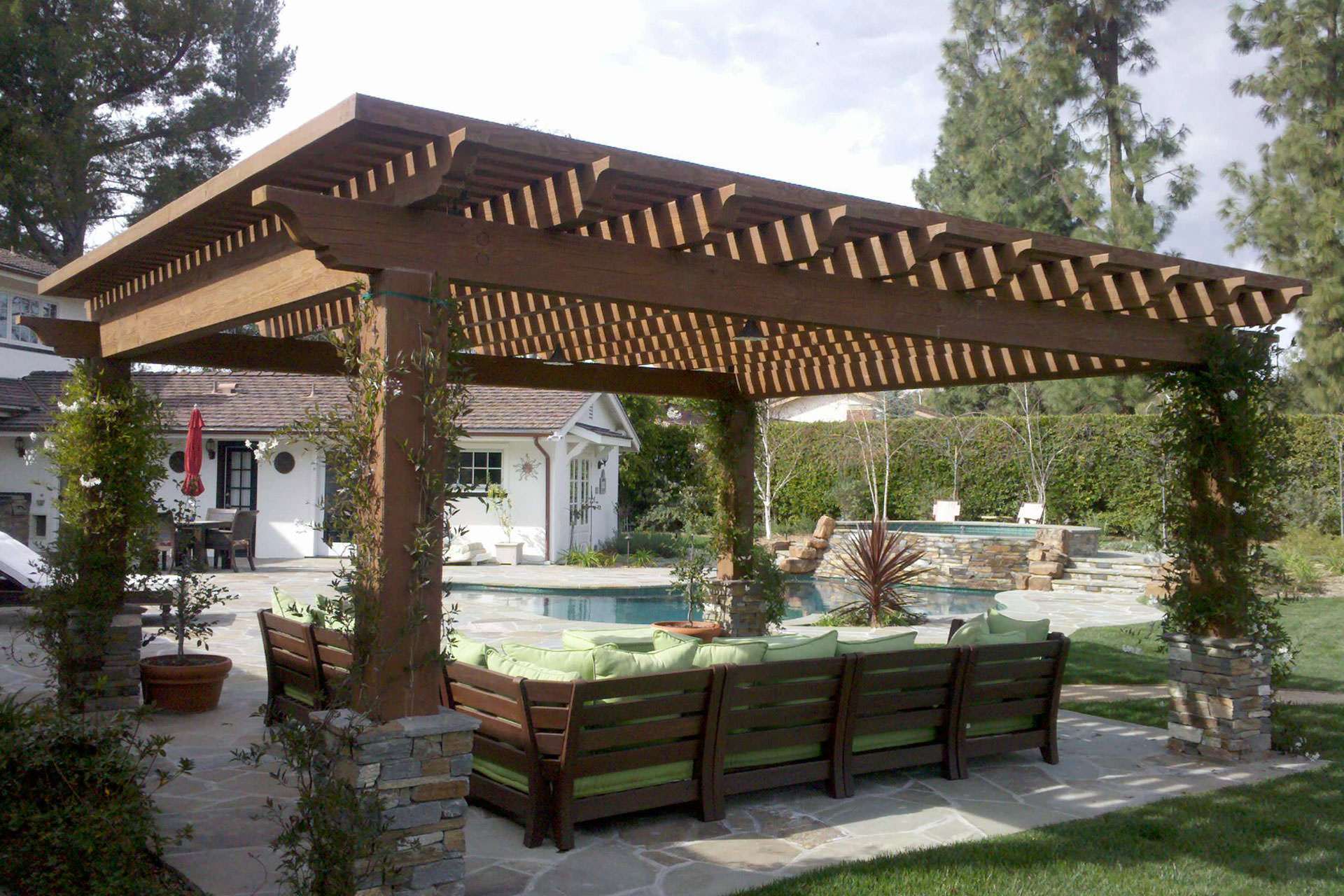
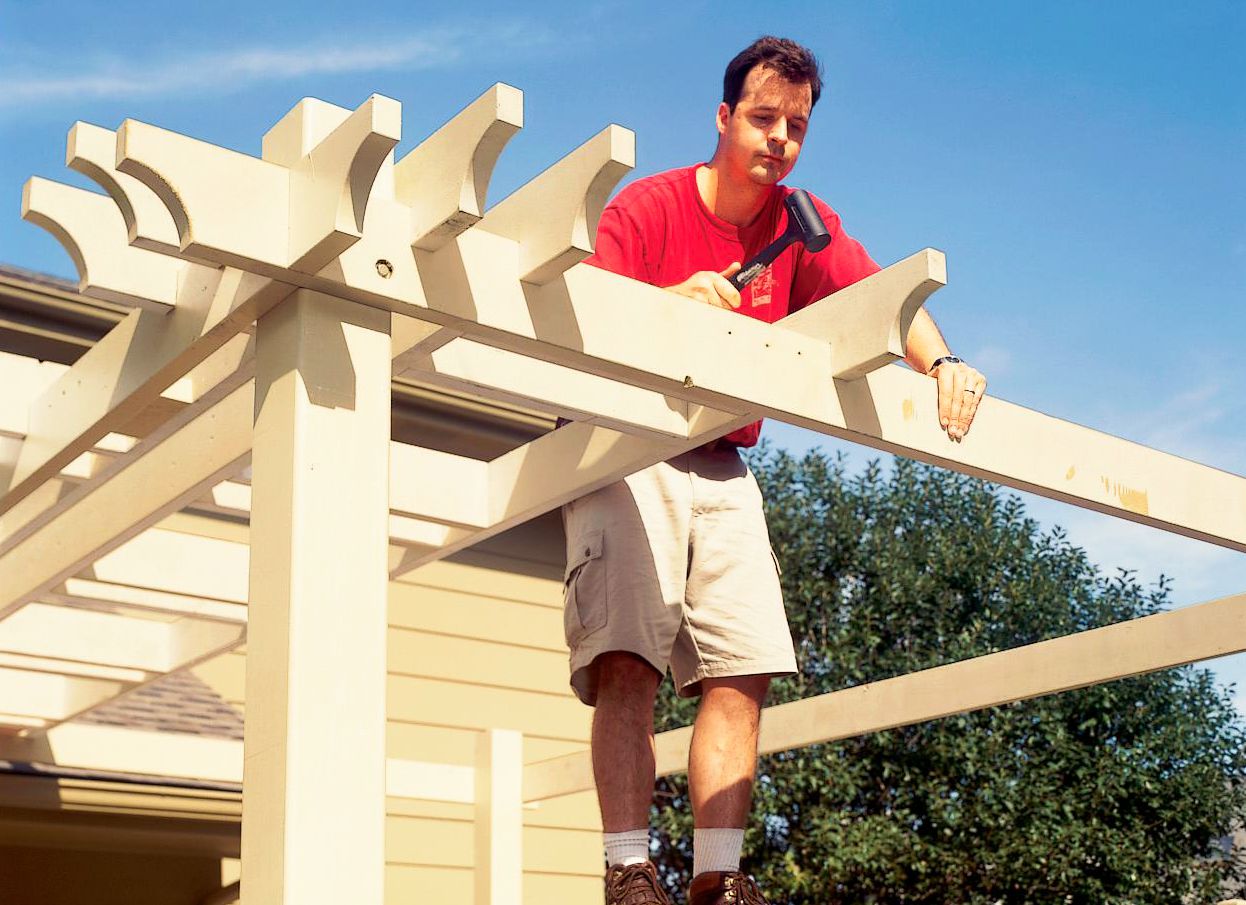
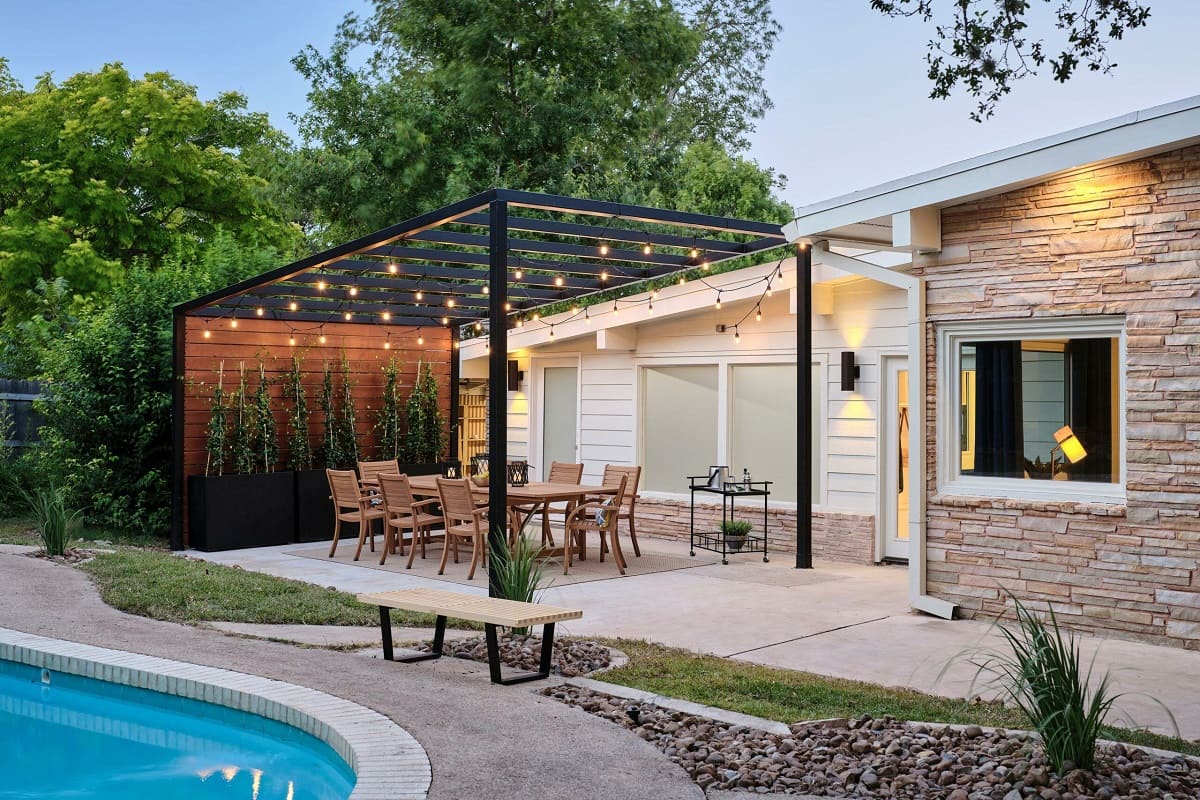
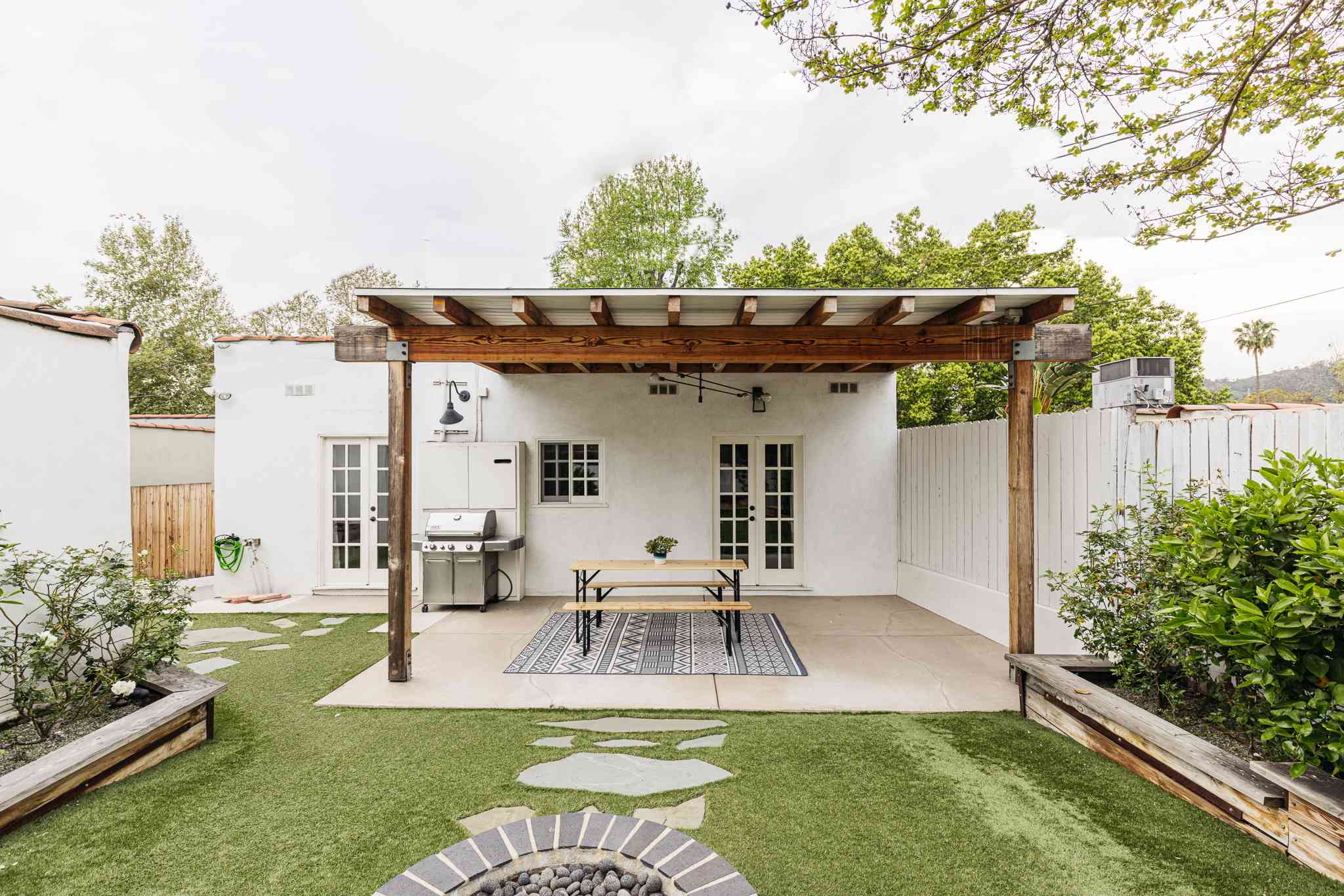
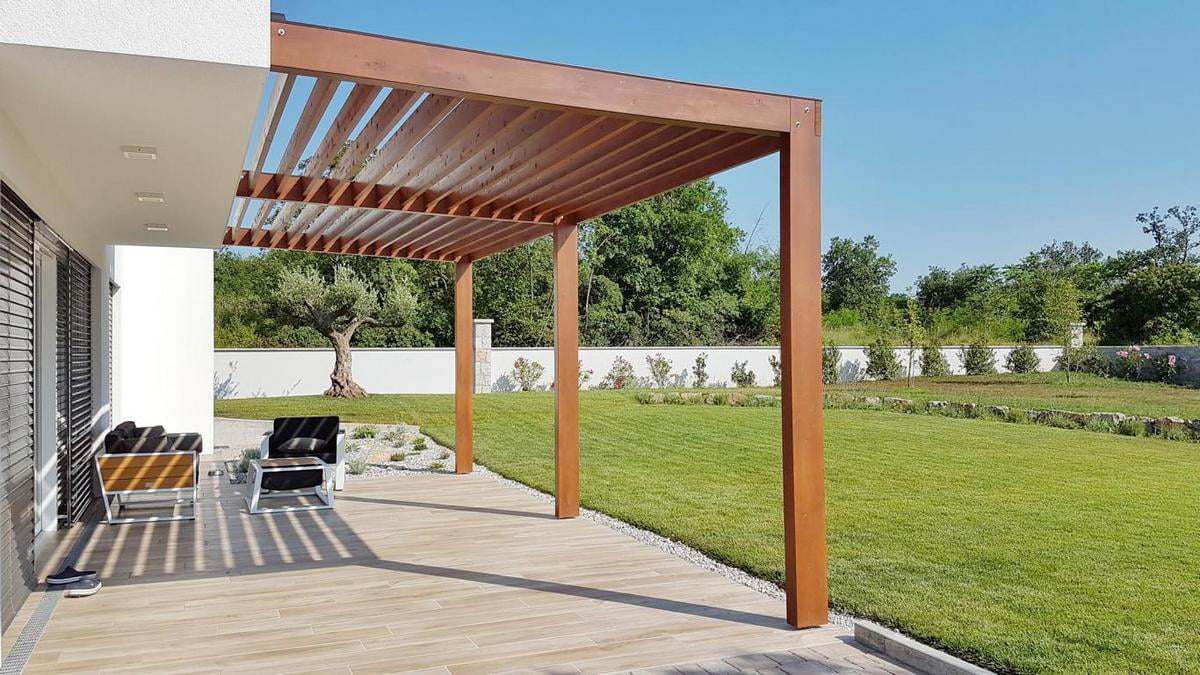
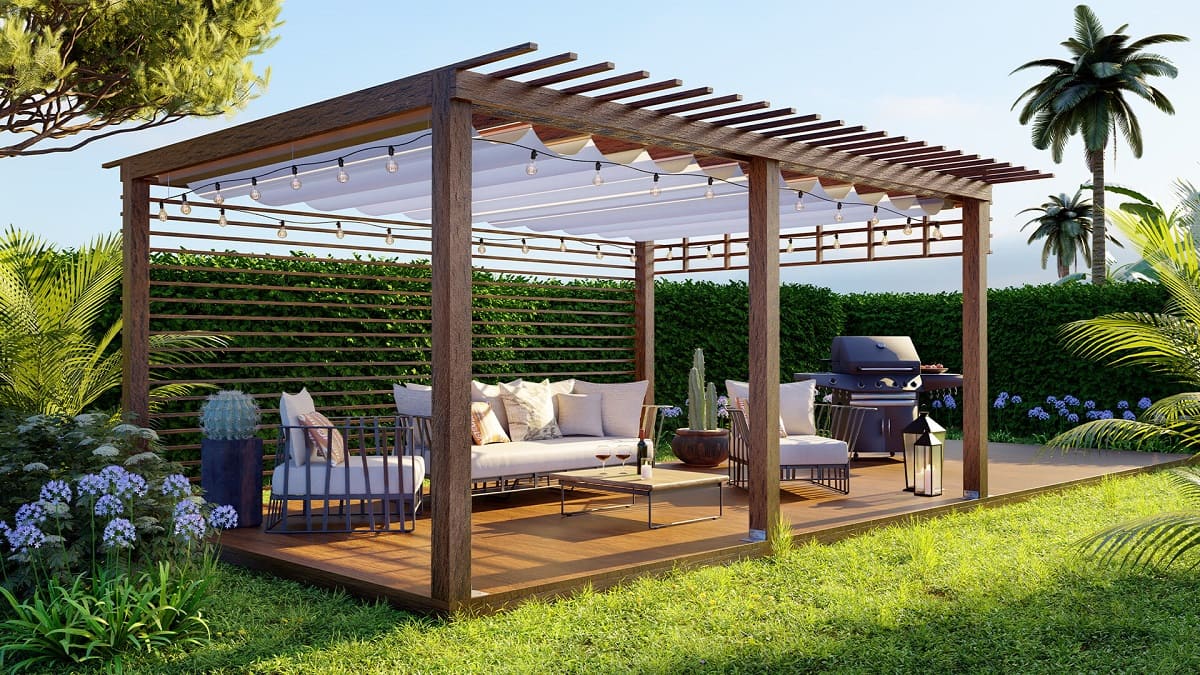
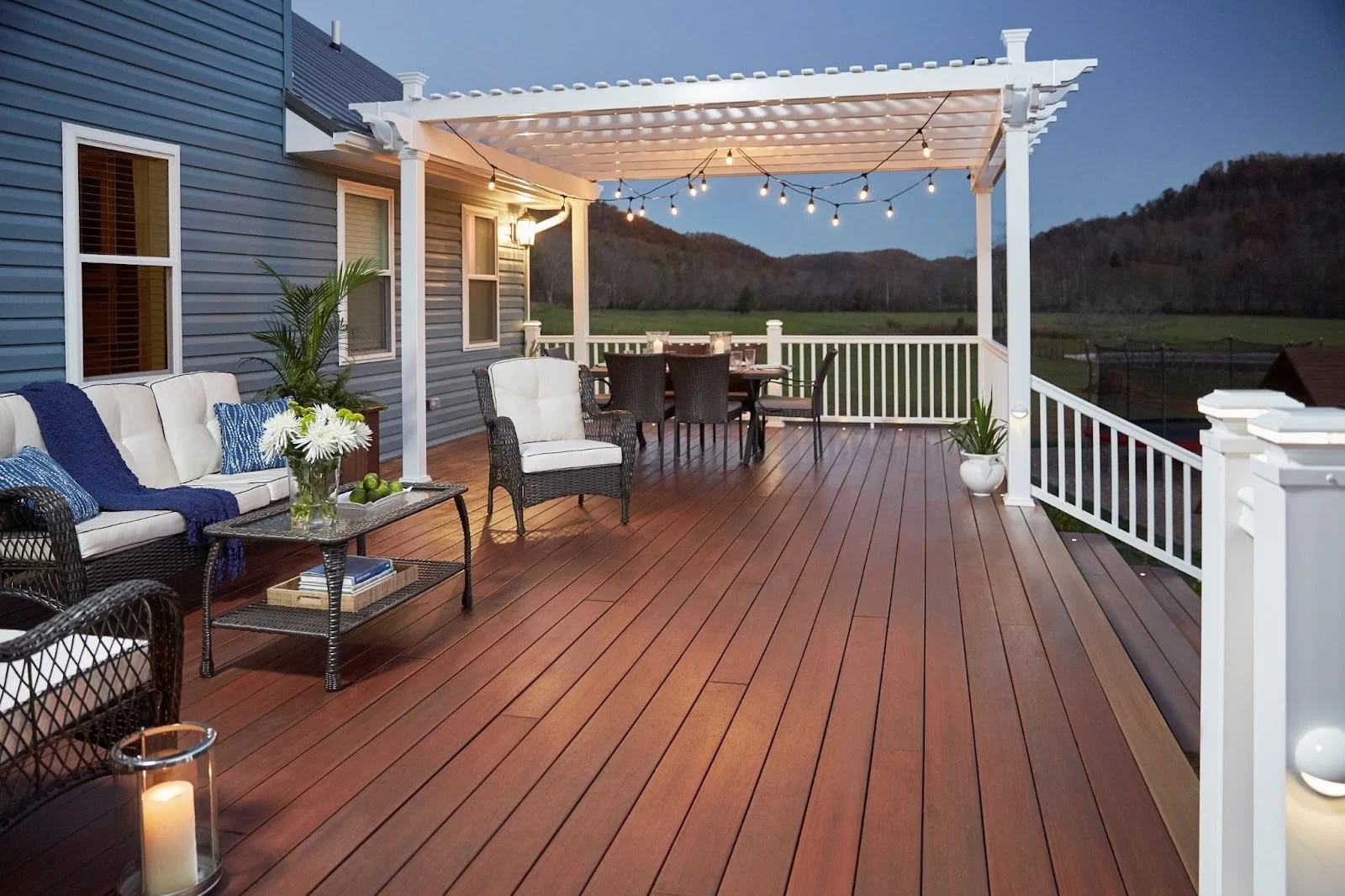

0 thoughts on “How To Cover A Pergola”